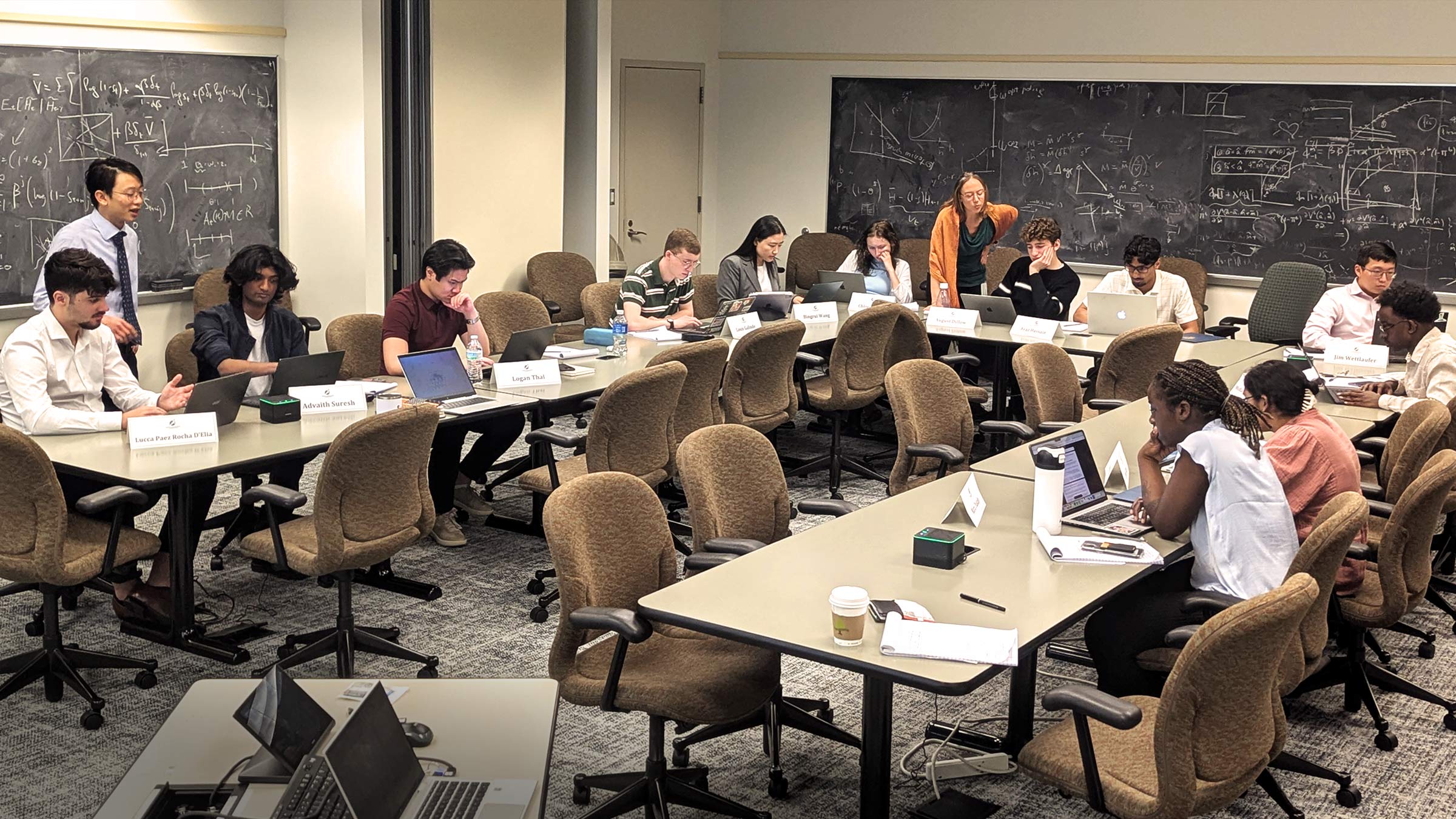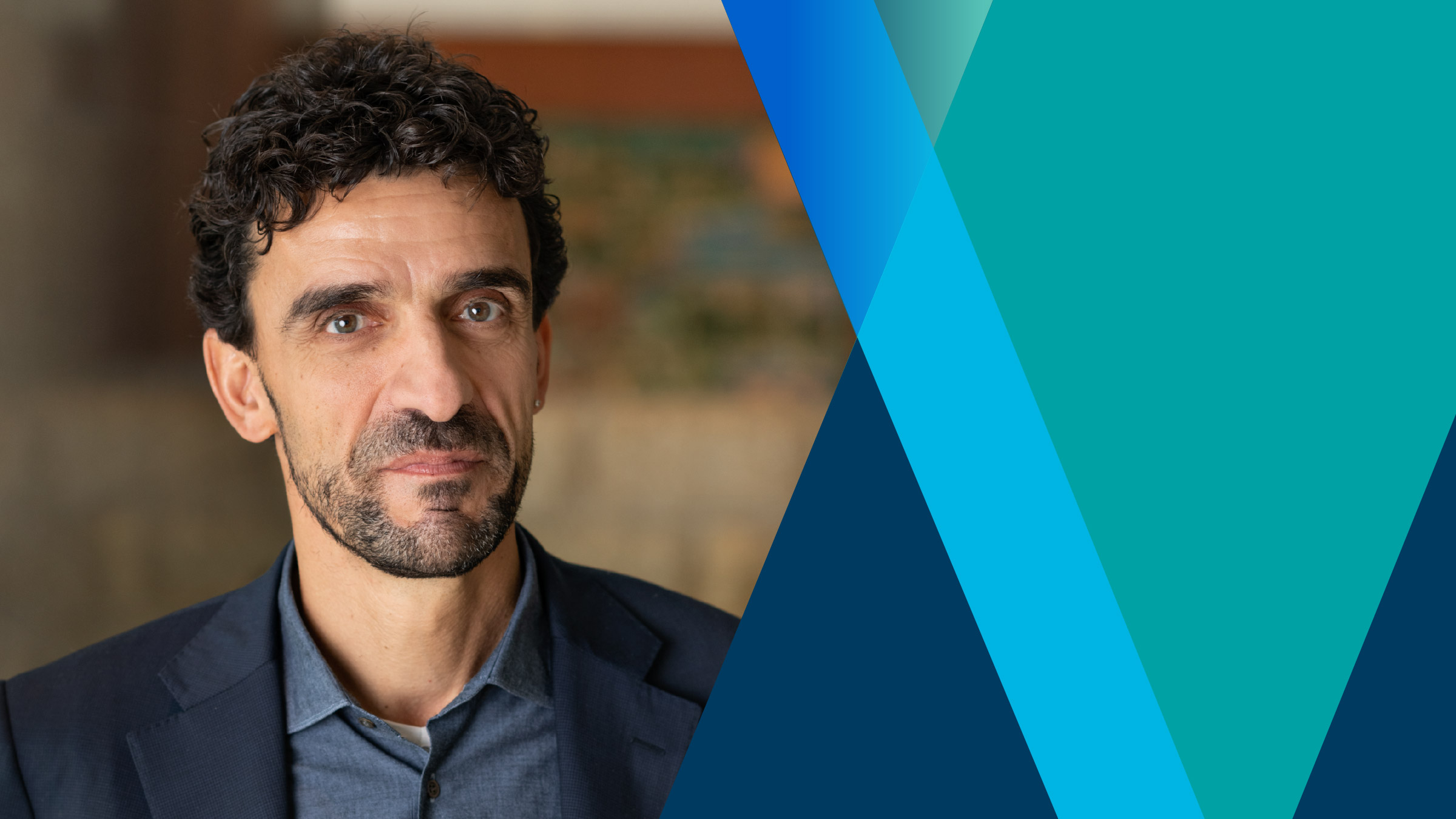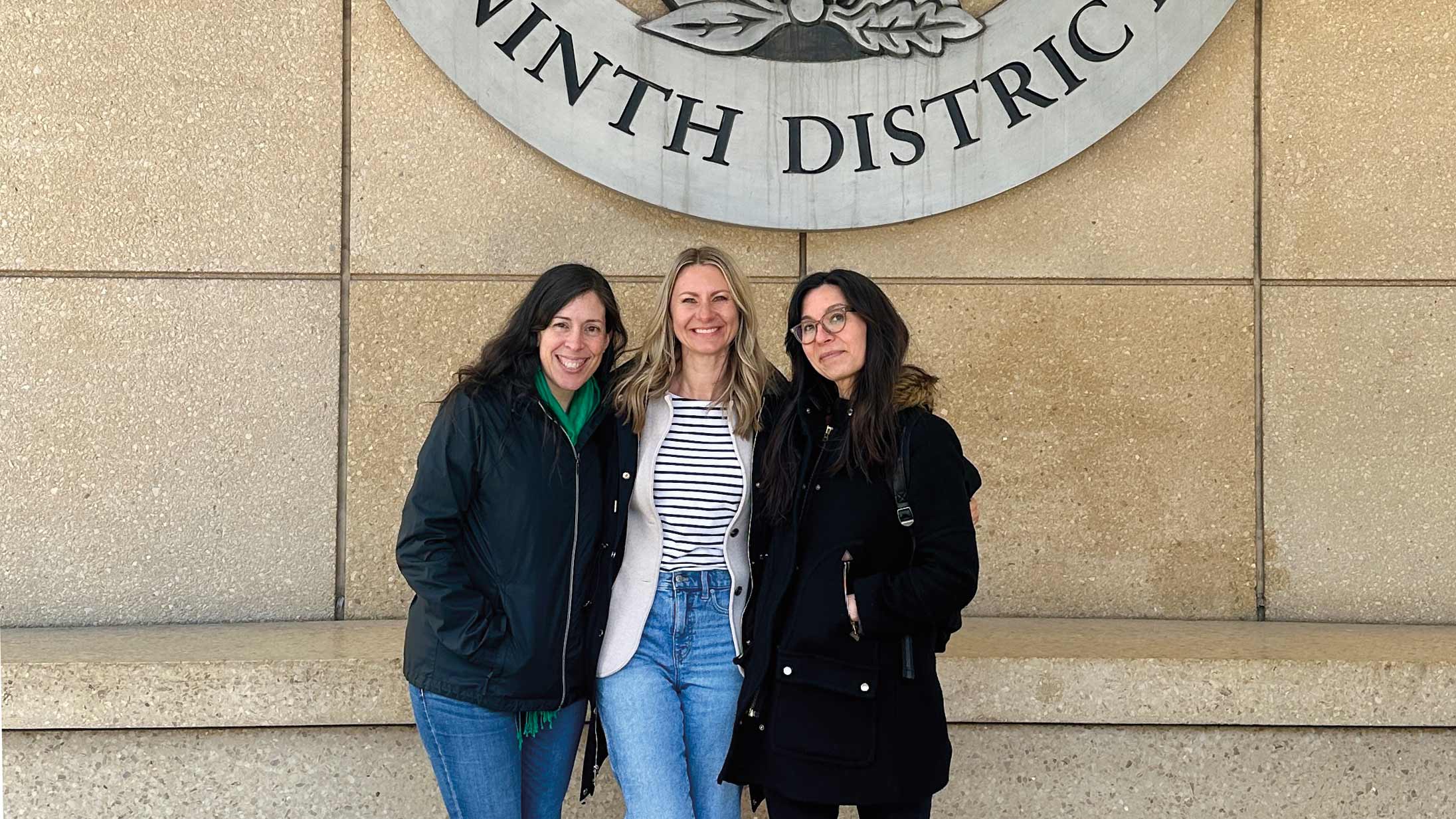The Federal Reserve’s tenth biennial community development research conference was a nerd’s dream: Researchers from multiple disciplines and regions talking about how place matters to kids. Beyond examining the issues and the data, the conference offered deeper insights into solutions. The conversation felt particularly urgent after Robert Wood Johnson Foundation’s (RWJF’s) recent release of the 2017 County Health Rankings, data which confirm that place matters to health. The Rankings also show that the nation hasn’t fully realized the potential in our kids, youth, and families. Too many people are suffering or dying early from preventable diseases, injuries, or disabilities. The conference underscored that health is more than what happens in a doctor’s office. It’s about where we live, learn, and play—and even more so for kids and youth.
Three key conference takeaways
- We must pay attention to brain science. Early life experiences are built into our bodies. Human capital development begins at birth and continues rapidly until age five. There is a second important “window” for human capital development at adolescence. During these periods, processes in the brain respond to stimulation in the environment, which shapes executive function, emotional regulation, and stress reactions. These all have lifelong effects on health, social connections, educational attainment, and employment. If we are to have healthy citizens, vibrant communities, and strong economies, our investments must take into account both how we enrich children’s environments and protect them from harm.
- Too many children grow up in violent and segregated neighborhoods and are cut off from opportunities that help kids thrive. The conference highlighted that we know what it takes to make America work for all kids and youth—from ensuring that kids are connected to caring adults and projects (e.g., hobbies, internships, volunteering) and community structures (e.g., libraries, schools, job training) that reinforce a positive identity and sense of agency and belonging; to families that offer stability and financial security; and neighborhoods that are safe and offer high-quality housing, schools, and early learning experiences. These insights were captured in Stefanie DeLuca’s brief on youth resiliency and economic mobility, Erin Hardy’s plenary presentation on ensuring opportunity within kids’ neighborhoods, and Amy Ellen Schwartz’s papers on the effect of housing vouchers on education outcomes.
Parents, caregivers, practitioners, and policymakers aren’t alone in their efforts to help create strong communities and strong children and youth. Available tools, such as Sesame Street in Communities, can help parents and providers bring child development science to life in everyday interactions with kids. There are also tools on evidence-based policies and practices, such as What Works for Health, designed to help community stakeholders take action to improve health in their own communities. - We have a track record of multiple efforts—but are they scalable? How do these multiple approaches “add up” in a particular community and for kids, youth, and their families? How do we build the continuum of investment and support from early childhood to adulthood? How do we identify mutual benefits across sectors and calculate returns? Art Rolnick offered guiding principles for his work with Minnesota’s early education system that also apply to health, housing, and employment initiatives:
- Start early
- Target the most vulnerable
- Include beneficiaries’ needs and perspectives
- Assess and improve quality
- Be flexible and culturally reflective
- Have a long-term vision and commitment
Sara Aye of Greater Good Studio and I presented a poster on one way to bring together two important perspectives—those who care about better neighborhoods and those who care about better childhoods—and what results from using the lens of human-centered design. We call this process Raising Places. You can read the results from our conversations with conference attendees here or our ideas on designing child-friendly communities here.
The conference raised key questions about our collective challenge to improve the health of America’s communities:
- What specific characteristics of communities are beneficial for child development? Do these characteristics reflect children, youth, and their families’ views?
- What are the accountability standards to which we hold ourselves responsible to help strengthen the future for our kids and communities?
- How can we work together to make all communities places where children and families thrive?
There are already “bright spots” of innovation shining a light on what’s possible: Miami’s Liberty City “cradle-to-college” support system for children; 24:1 Community in Missouri's focus on early childhood development, schools, and economic growth; and Louisville, Kentucky's focus on youth leadership.
RWJF’s collaboration with partners like the Federal Reserve and new investments like Raising Places are opportunities to disseminate research, apply best practices, and forge new connections. Innovative collaboration across sectors will help our nation raise healthier children by creating healthier communities.





